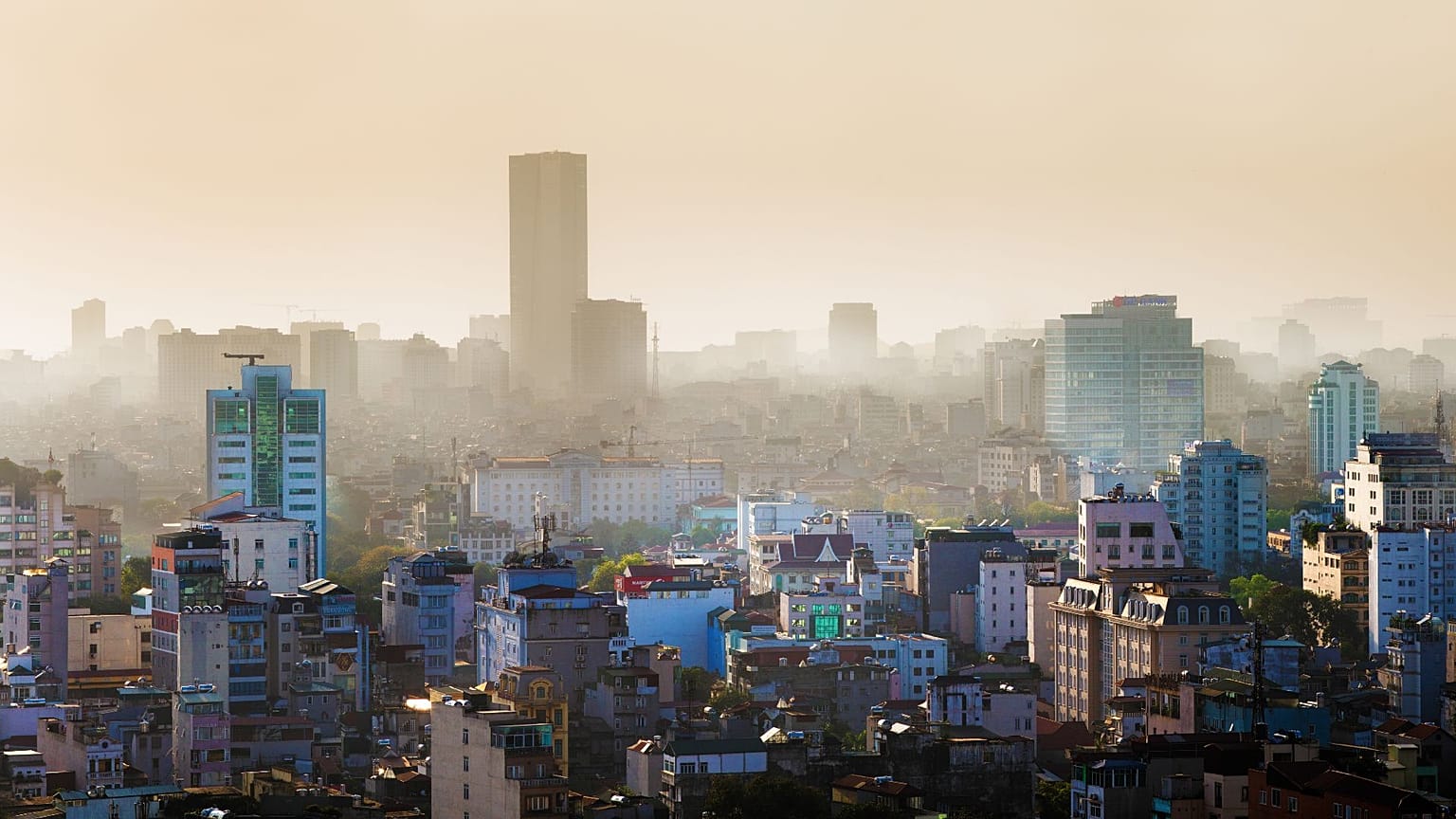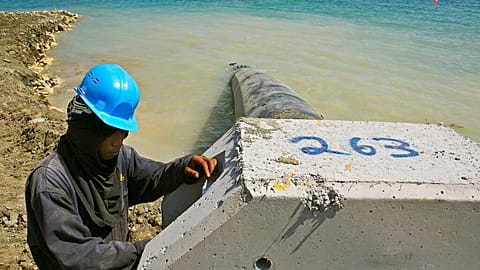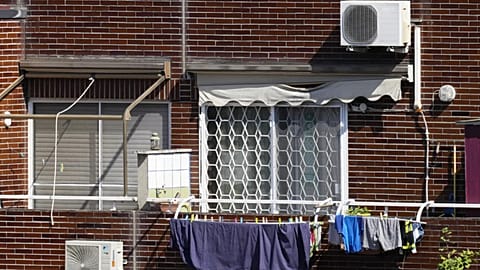More than 100 flights were diverted or delayed this morning as smog enveloped the Vietnamese capital.
 ADVERTISEMENT
ADVERTISEMENT
Dense smog in Vietnam’s capital forced all flights to be diverted or delayed at Hanoi airport on Friday morning.
Planes were unable to take off and land at Noi Bai Airport, which temporarily halted arrivals at 4.30am. Authorities said it was not safe for planes to land due to low visibility. Some were diverted to other airports like Cat Bi in Hai Phong, 125 km east of Hanoi. Almost 100 flights were impacted in total.
Three other airports - Tho Xuan in Thanh Hoa, Vinh in Nghe An and Phu Bai in Hue - have also faced disruption due to smog.
Fine particulate matter (PM 2.5) in Hanoi was over 11 times above safe levels defined by WHO on Friday morning, according to air quality monitoring site IQAir.
In these unhealthy conditions, people are advised to wear a mask outdoors, avoid outdoor exercise, keep windows closed and run an air purifier while indoors.
Why is air quality in northern Vietnam so bad?
Air pollution is a frequent problem in Vietnam, with the WHO estimating that it was linked to more than 60,000 premature deaths per year in the country in 2016. The problem stems from a number of sources including construction, heavy traffic, steel and cement production, and coal fired power plants.
In Hanoi, nearly 35 per cent of PM 2.5 comes from industry, including large power and industrial plants around the city, according to a 2020 report by the World Bank. About 25 per cent comes from transport - there are almost 8 million vehicles registered in Hanoi.
Ammonia emissions from livestock and fertiliser use account for 20 per cent of PM 2.5, 10 per cent comes from residential sources such as cooking with charcoal, and about 7 per cent comes from the burning of agricultural waste.
Following harvests, thick smog forms over the north of the country as farmers burn crop residue to prepare their fields for the next growing season. Although the practice has been banned, it remains widespread with regulations poorly implemented and few incentives to stop the time and cost-saving measure.
This is made worse by the burning of rubbish in and around the city.
Low rainfall in winter further degrades air quality in Hanoi, with temperature inversions from January to March trapping pollution close to the ground.
Wind patterns in December and January have also been found to transport pollutants from southern China megacities into Hanoi.
What is Hanoi doing to combat air pollution?
With a lack of regulations, pollution was on track to get worse in Hanoi. But more recently, Vietnam’s government has laid out plans to decarbonise.
Last May, it announced that the country would not develop new coal power plants after 2030 - though in 2020 there were plans to build 10 new plants in the northern region by the end of the decade.
Under the new plan, coal will represent 20 per cent of the country’s power mix by 2030, down from 50 per cent currently. $15.5 billion (€14.25b) in funding from the intergovernmental Just Energy Transition Partnership - co-led by the UK and the EU - will help towards Vietnam’s green transition.
Hydropower is the country’s second largest energy source, though drought in 2023 severely limited its production.
Hanoi is receiving support from the World Bank to adapt to climate change and reduce air pollution. The international financial institution has recommended measures to reduce greenhouse gas emissions, such as shifting away from coal power, reducing traffic congestion, reducing transport emissions, and improving farming and livestock practices.
Hanoi’s Department of Natural Resources and Environment also recently announced that it is working on policies to train rice farmers on reducing and repurposing waste rather than burning it.
Although Vietnam’s contribution to global greenhouse gas emissions is small, at 0.8 per cent, it is accelerating at one of the fastest rates in the world. Per capita CO2e emissions quadrupled from 0.79 tonnes in 2000 to 3.81 tonnes in 2018, according to the World Bank.

















